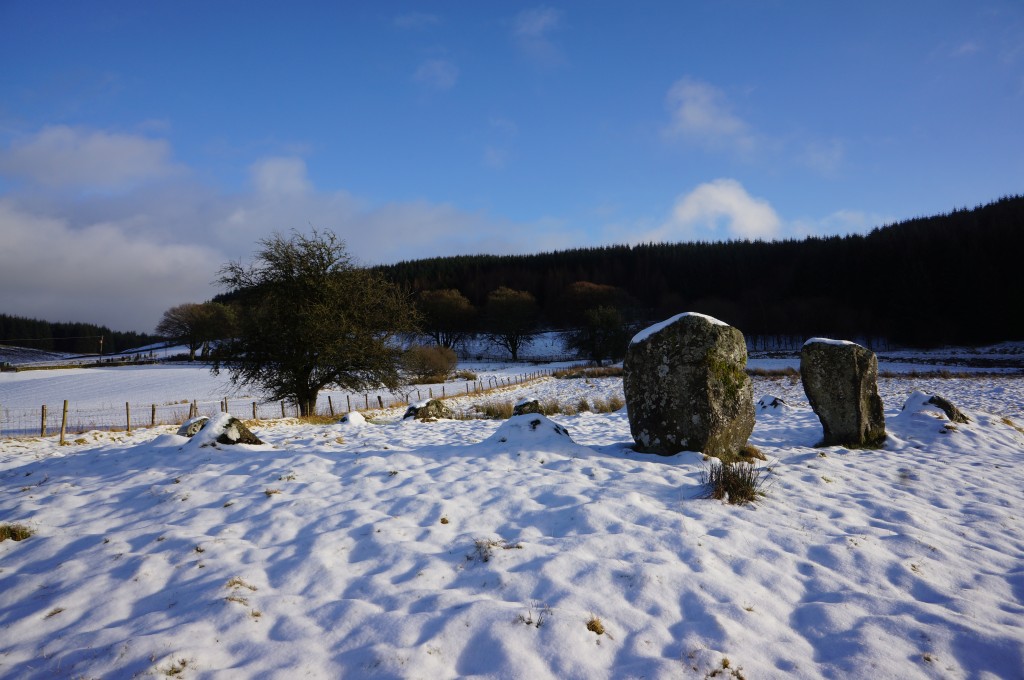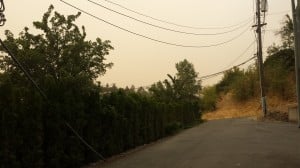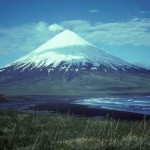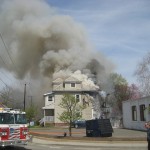Welcome to A Sense of Place, a new blog where four contributors with different perspectives will be sharing thoughts and experiences of our places, our connection with the land and all its peoples (human and otherwise), and the relevance of these to our Pagan spiritualities.
Why this topic?
I have two wonderful Pagan friends from the USA who are currently living in Scotland. When they arrived a year ago, they told me that they had wanted to come to Britain because “this is where you keep the history.” They were only half joking.

Where I live in Scotland, I’m surrounded by the evidence of 5000 plus years of continuous human habitation. To give you a small sample: across the burn from my 18th century house, under the earth, is an Iron Age settlement. A mile away is a Roman fort, built around 80CE*. Four miles away are two stone circles, one partly collapsed into the river as it’s changed its course over the past 4-5000 years.
By anyone’s standards, it’s an old place.
Who ‘owns’ connection to the land?
Many of my North American Pagan friends drool over my easy access to ancient monuments, to the weight and depth of pre-Christian tradition embedded in the land here. But the spirits and ancestors of this land are no more mine than they are those friends’ – or if they are, it’s because I’ve worked to make them so.
I’ve only lived here for twelve years, after all, and I have no ancestral connection with this particular place. In fact, I have easily as unsettled and mobile an ancestry as any US citizen. My mother’s mother was from the rural Welsh borders, and her father was from a small town in north-east Scotland. My mother’s father was a Polish nationalist refugee from the war against Hitler’s Reich.
Pagans as displaced people
I was born in London, and raised in Birmingham, Britain’s second biggest city, and one of its most ethnically diverse. It’s a city which grew up in part out of the upheaval of the industrial revolution, when the English countryside was stripped of its people by the combination of work in the cities, and enclosure and appropriation of the common land by wealthy friends of King George III.
That same movement of enclosure and appropriation emptied the Scottish Highlands, and sent many Scots on their way to colonise the ‘New World’ of Canada, the USA, Australia and New Zealand — in the process overpowering, displacing and often killing the people who already lived there, along with their cultures.
Reconnecting our deep roots
Like so many modern Pagans around the world – whether we have European, African, Asian, or multiple ancestry – my family’s history is one of displacement: partly by choice, partly by force. Perhaps that’s why as a religious group we tend to put emphasis on our connection with our ancestors, with our environment, and with the spirits of the land. We are looking for the deep roots which our forebears lost, or which were cut from them.
That’s what I’ll be exploring in this blog. How do we reconnect those deep roots? Does it matter if we’re living in an urban or a rural environment? Is it easier in an ‘old’ (European) country than in a ‘new’ (colonised and Europeanised) country? Why do so many of us seem to be called by deities and traditions which have no connection with the lands either of our forebears or in which we now live?
I’m looking forward to some bracing conversations.
* In my postings to this blog, I will be using the convention of ‘CE’ (Current/Christian Era) and ‘BCE’ (Before Current/Christian Era) rather than ‘AD’ (Anno Domini) and ‘BC’ (Before Christ).
















